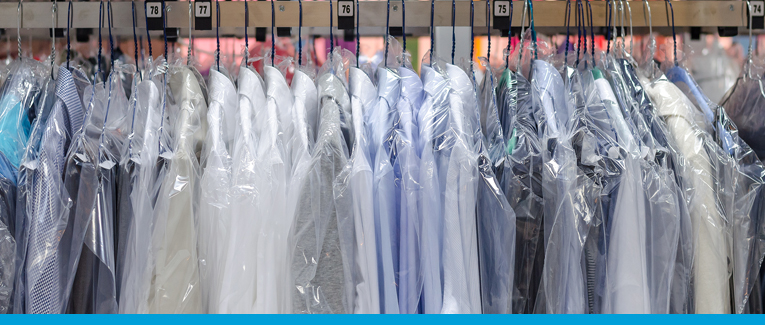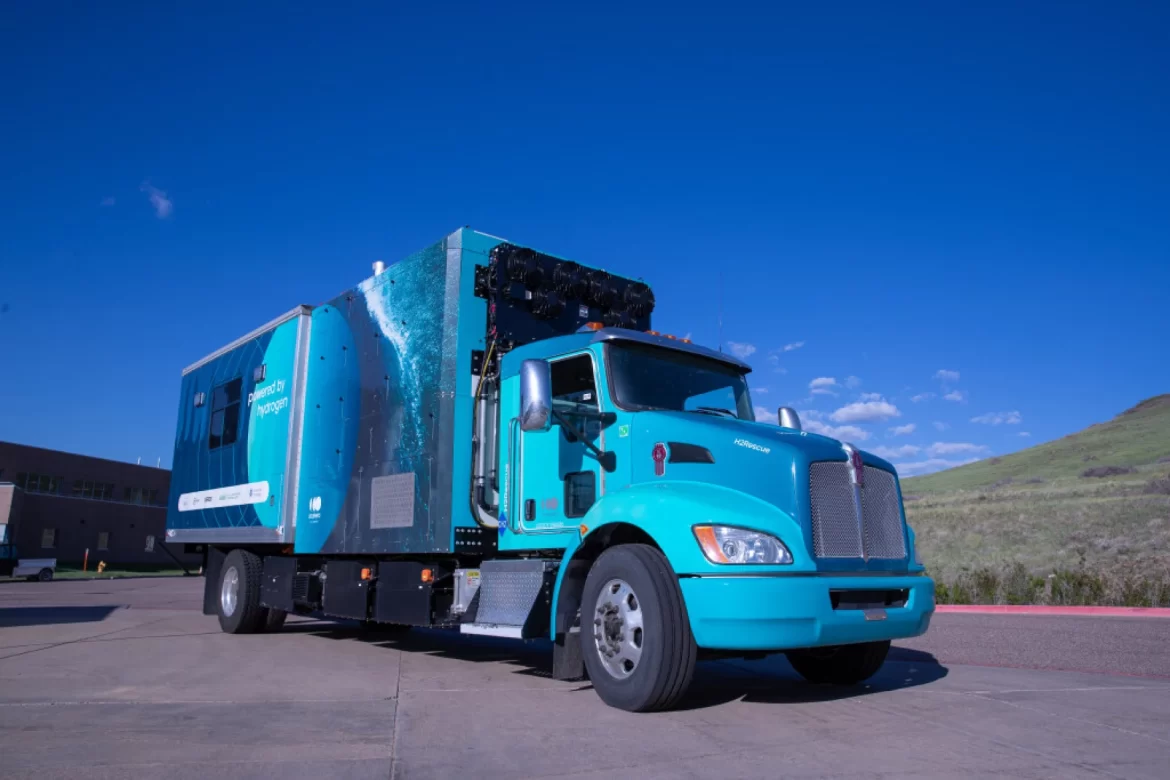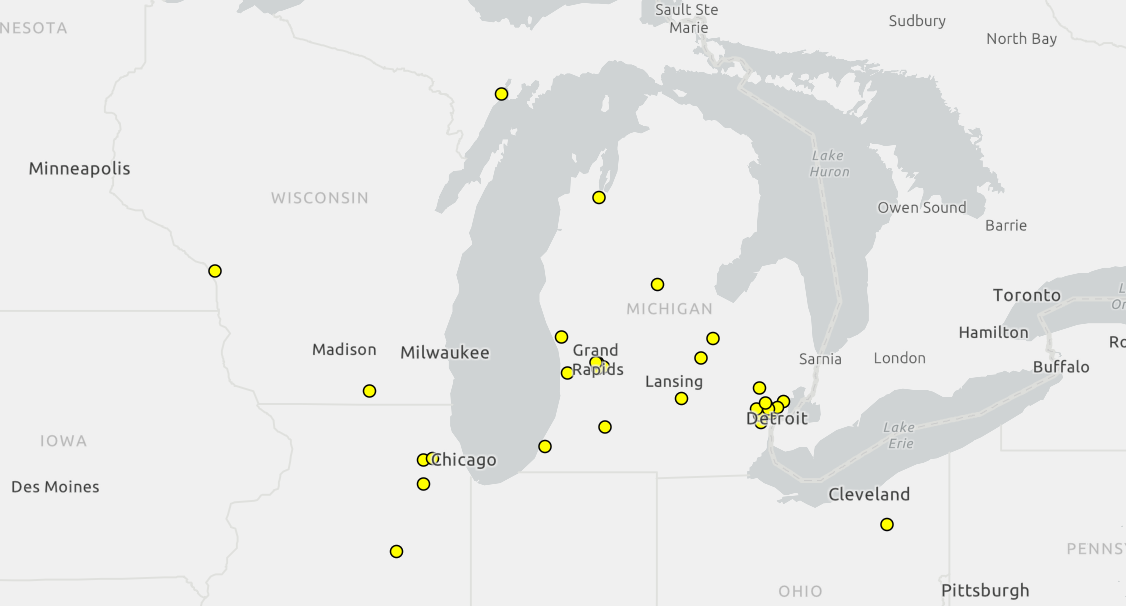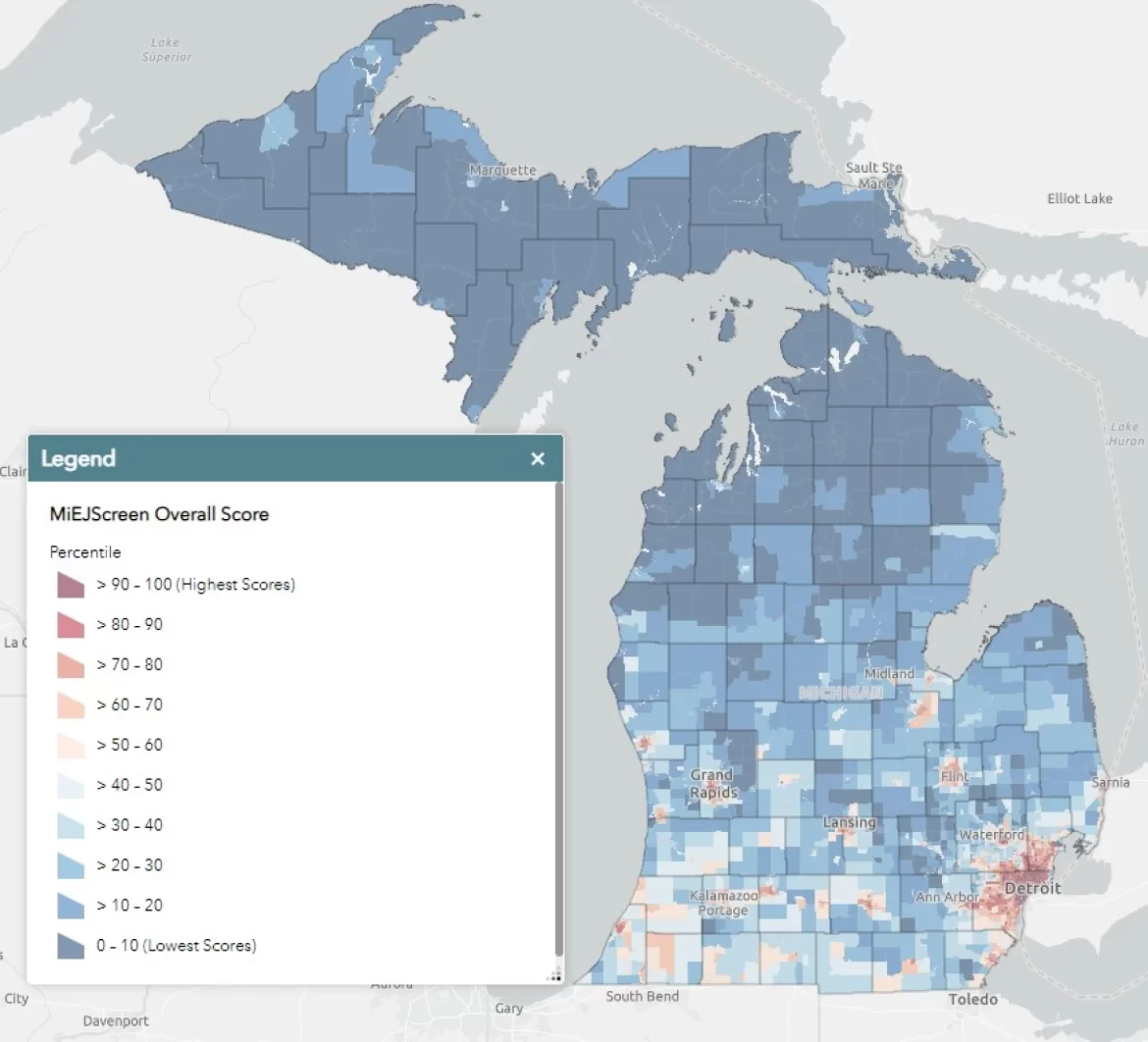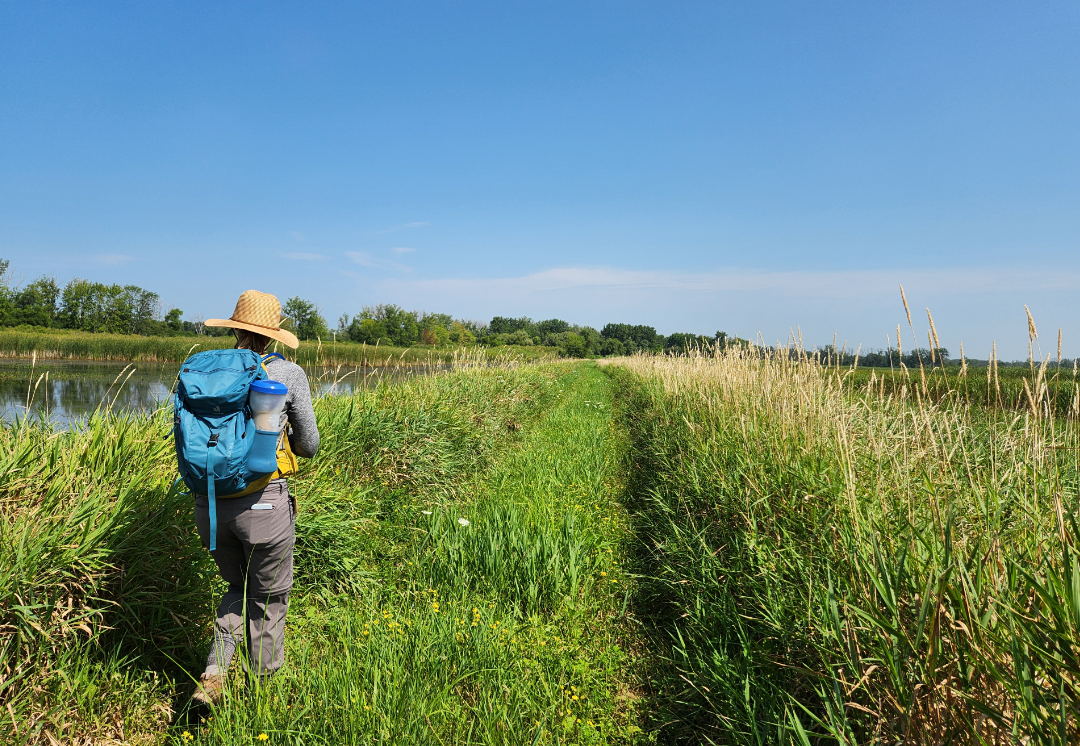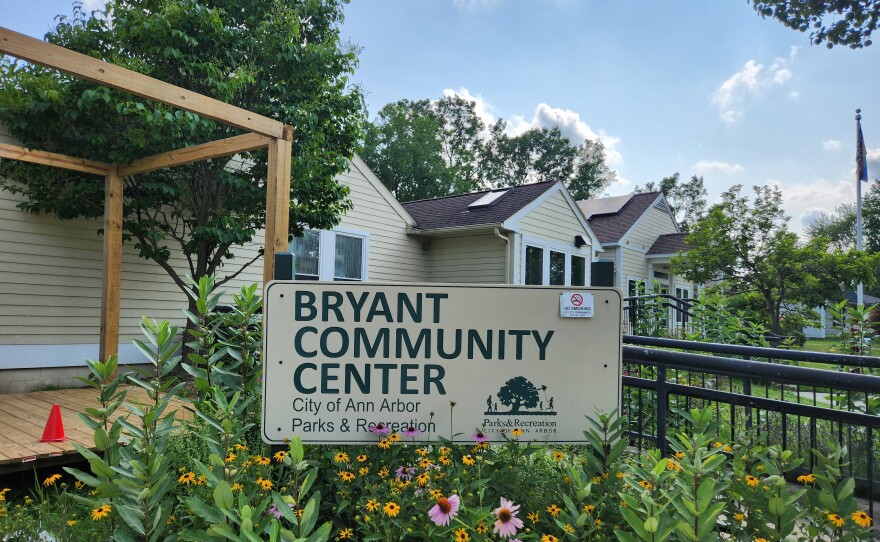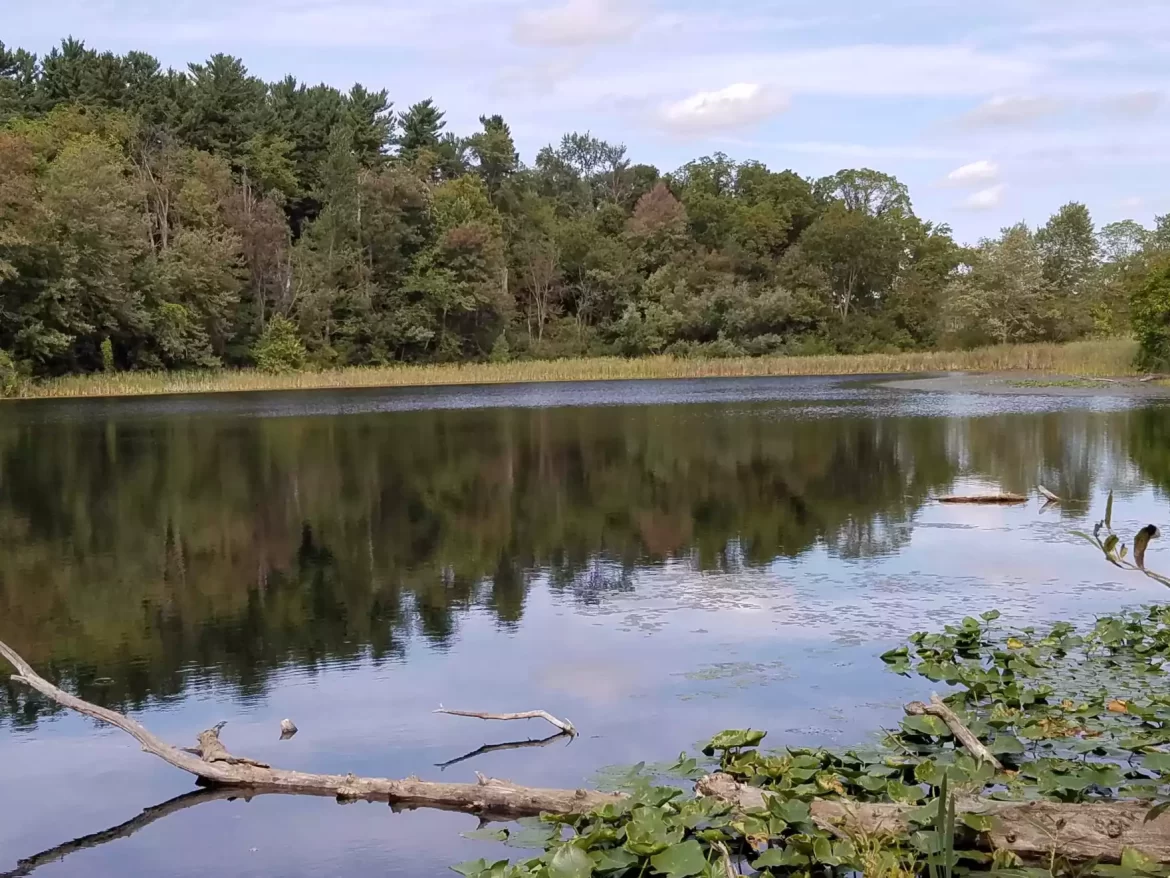Waste
EPA restricts use of chemicals used in dry cleaning, brake cleaners
|
By Elinor Epperson
The Environmental Protection Agency has banned the use of perchloroethylene in dry cleaning processes. The chemical will be phased out over a 10-year period.
The EPA has banned all uses of trichloroethylene (TCE) and most uses of perchloroethylene (PCE). Those are cancer-causing chemicals used in a variety of consumer products and industrial processes. TCE is used in spray coatings for arts and crafts, for example. The new rules will ban both chemicals from all consumer products, most within a year, according to the EPA.
